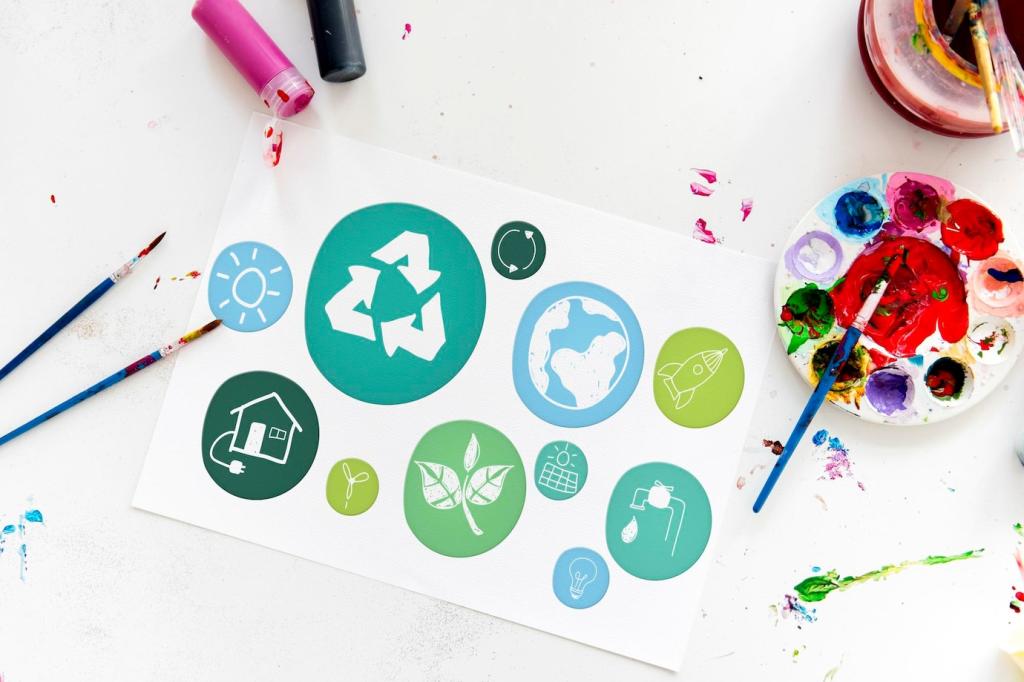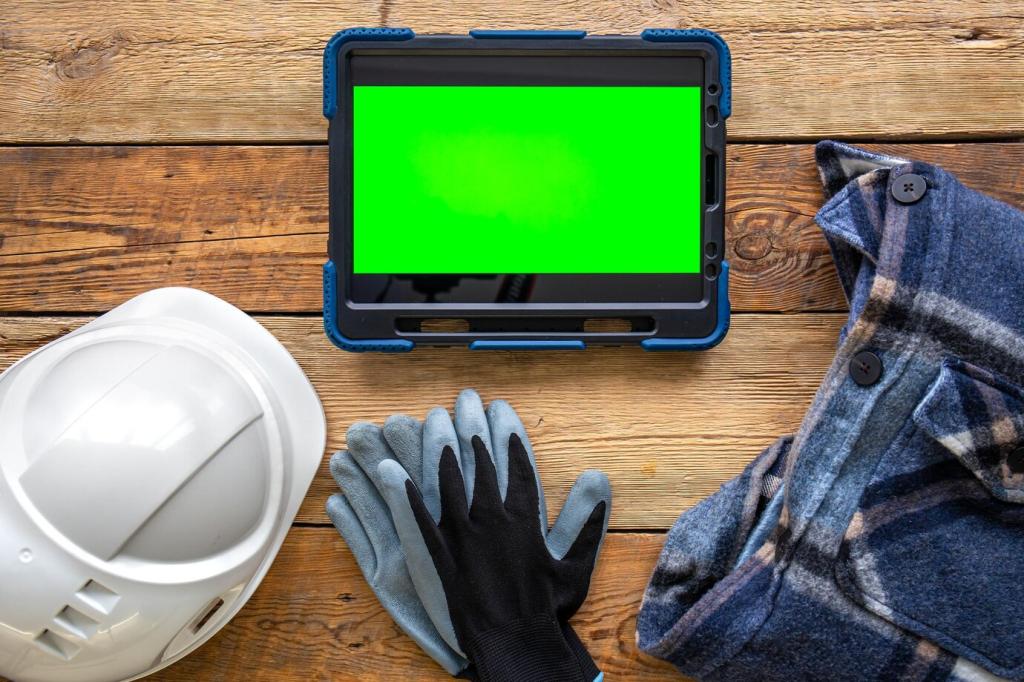DIY Recipes That Respect Furniture and Indoor Air
Combine 2 cups distilled water with 1 teaspoon unscented castile soap in a reusable spray bottle. Optional: one drop lavender or lemon essential oil, but skip fragrances if sensitive. Spray onto cloth, not the surface, then wipe and buff dry. Perfect for sealed sideboards and shelves.
DIY Recipes That Respect Furniture and Indoor Air
Mix 1 cup distilled water with ½ teaspoon mild plant-based soap. Lightly mist a cloth, wipe with the grain, and dry. For conditioning, apply a pea-sized amount of non-toxic wood balm or a few drops of jojoba oil to a cloth, then buff until the finish looks alive.








